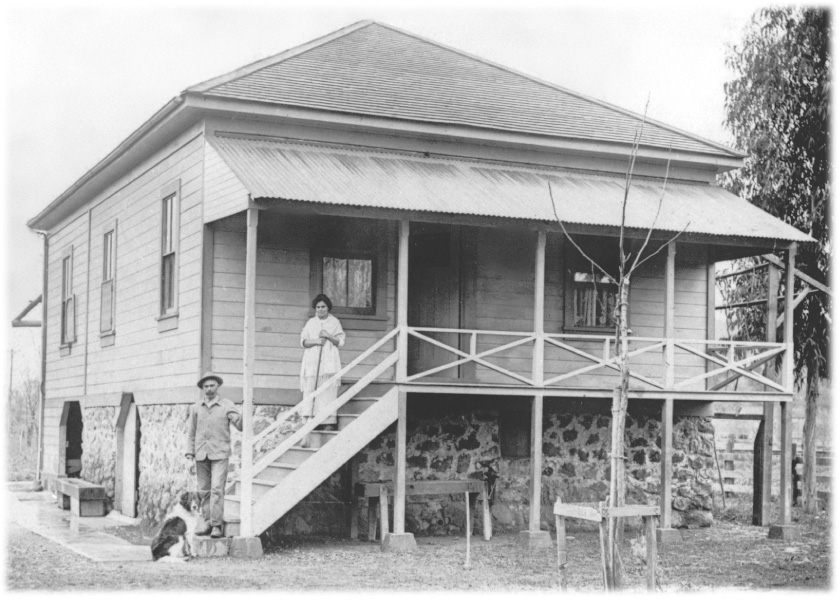By — July 25, 2023
From humble beginnings to becoming a symbol of excellence, we honor our heritage that spans a century of passion, dedication and uncompromising quality.
In 1854, on the eastern side of the Italian Riviera, a young farmer by the name of Andrew Pelissa was experimenting with a white wine called Vermentino. His harvests were small and the wine was consumed only by family and friends. It was fresh, vivacious and satiny. He tried blending it with Trebbiano and Malvasia with tasty results. For Pelissa, winemaking was just one part of being a market gardener, the area of expertise for many Ligurians who fished and farmed equally in order to survive in a hard- scrabble country.
Liguria is a boomerang-shaped, narrow strip of the Italian coast hemmed in between the Apennines and the Gulf of Genoa. It is furrowed by deep, narrow valleys at right angles to the coast. Steep slopes of the inner valleys are covered with olive and chestnut groves. Herbs such as basil, bay, laurel,oregano, sweet marjoram, fennel, mint, sage, rose- mary, wood mushrooms, garlic, borage, parsley and capers grow in abundance, as do pine nuts and wal- nuts. Survival required self-sufficiency, and Pelissa sustained himself and his family as had his ancestors, by careful cultivation of hardy crops.
Andrew’s home was located in the small municipality of Serra Ricco, set in the valley of the river Secca an hour north of Genoa, Italy’s major maritime port. He married Katherine Parodi in the 1860s and she gave birth to their son, Giuseppe (Joseph) Pelissa on November 14, 1869 in Serra Ricco. Joseph emigrated to the San Francisco Bay area in 1902 and
set up a fruit and vegeta- ble stand in Colma. Working long hours, he managed to make a decent living. In 1903, in Alameda, California, the thirty-three-year- old Joseph married an eighteen-year-old woman also of Ligurian heritage, Mary Louise Pietronave.
Mary Louise’s father, Agostino Pietronave, was born in the small town of San Pietro Vara,two hours east of Serra Ricco,in 1839. He was a contemporary of Andrew Pelissa, though it is doubt- ful that the two men ever met. Agostino’s wife, Anna Barbieri, was born in 1858 in Mezzema, a coastal suburb due south of San Pietro Vara, and east of Sestri Levante. The exact date of their marriage is unknown. However, by 1881 their first daughter, Rosa, was born on the fourth of July. Agostino, Anna and Rosa emigrated to America in the early 1880s and settled in Chicago for a time, but the New World was far from friendly. Agostino was robbed and severely beaten, nearly losing sight in one eye. At the time, Anna was pregnant (perhaps with their second child, Eugenia, who died at age three), and the trauma of Agostino’s beating nearly caused Anna to suf- fer a nervous breakdown. The family returned to San Pietro Vara and produced eight more children. The couple raised chickens and made cheese. Mary Louise Pietronave Pelissa would recall in later years that the family would always share what little they had with the priest when he came by to bless their home.
